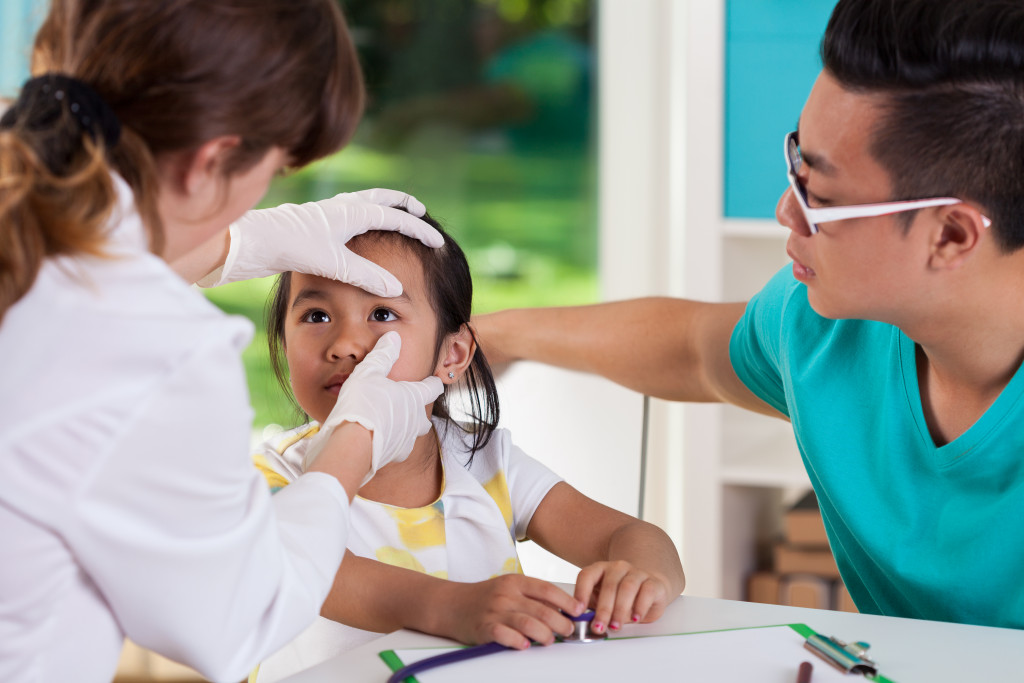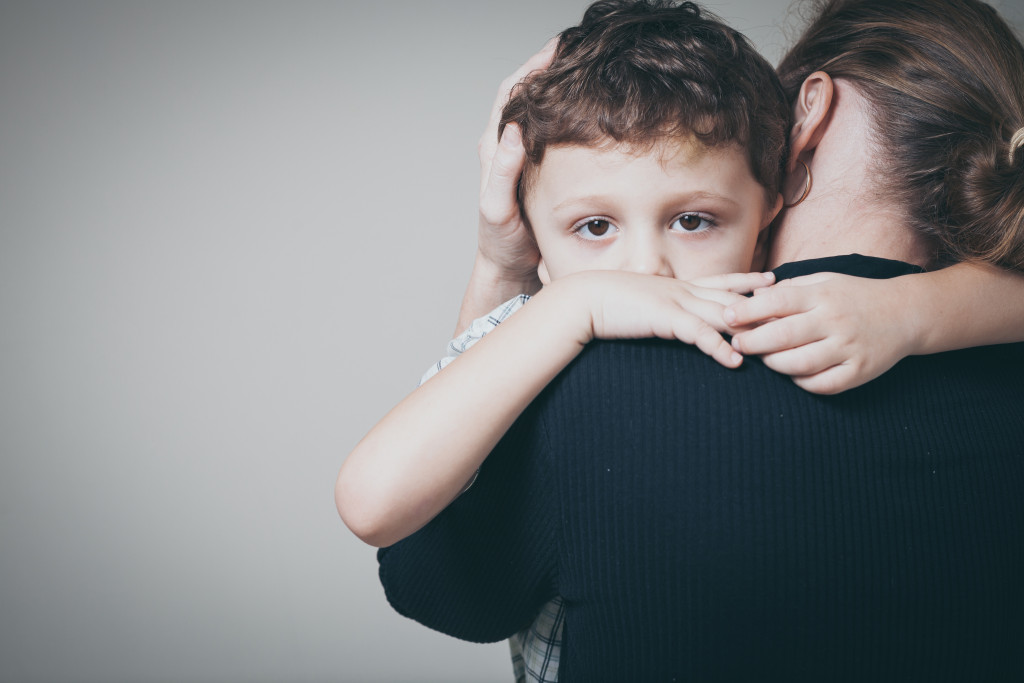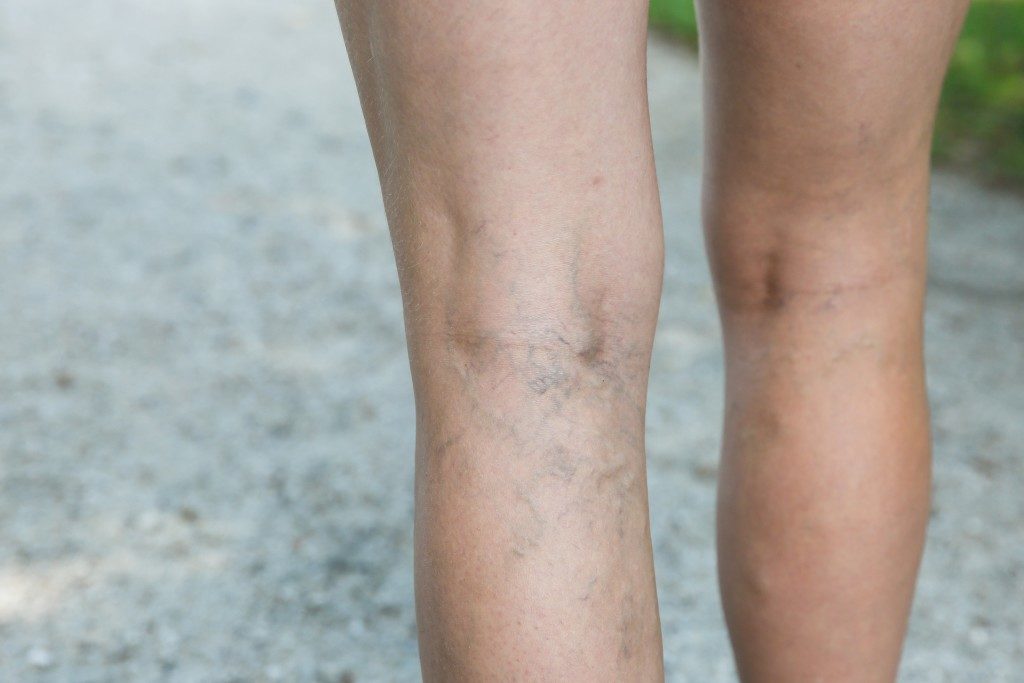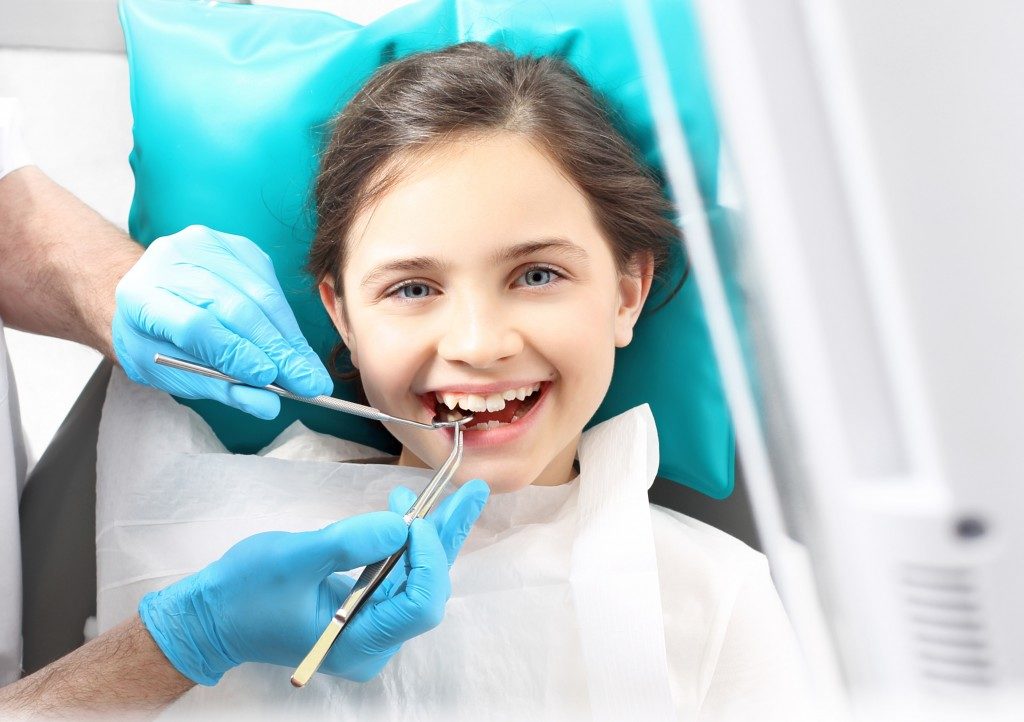Most parents are diligent about taking their kids for regular medical checkups. You try to keep up with their vaccinations and ensure they’re eating right. But one area of their health parents often overlook is their vision.
Signs of Vision Problems in Kids
Reports show that one in four preschool-aged kids has an undiagnosed vision problem. This can lead to severe problems down the road, including difficulties in school and socialization. Parents must know the signs indicating a vision problem to get the help they need.
Here are five signs to watch out for showing vision issues in kids.
1. Constantly Rubs Their Eyes
More often than not, kids rub their eyes when tired. Other times, it could be allergies or something in their sight. But if your child is constantly rubbing their eyes, it could be a sign of vision problems.
Constant rubbing can irritate the eyes and cause redness and watering. If you notice your child doing this frequently, it would be best to take them to the doctor to rule out any vision problems.
2. Squints a Lot
Kids sometimes squint their eyes out of habit or to try to see something far away. But if they’re doing it all the time, they might be trying to focus on their vision. This is especially true if they’re constantly squinting one eye. Their eyesight may be blurry, and they’re squinting to see better.
3. Sits Too Close to the TV or Holds Books Close to Their Face
Some kids love to watch TV. Others would rather stay in their reading nook with a good book. But if your child sits too close to the screens or holds reading materials too close to their face, it could be a sign of vision issues.
They may be doing this because they can’t see well from a distance. This is a usual sign of nearsightedness, where objects far away appear blurry.
4. Has Trouble Focusing on One Object
If your child can’t seem to focus their eyes on one object or their gaze frequently wanders, it might be a sign of vision problems. This is especially true if they have trouble tracking moving objects with their eyes.
Some kids turn to the other side to see better. Others may have a hard time looking at things directly in front of them. Either way, if your child is having trouble focusing their eyes, it’s best to get them checked.
5. Your Child Experiences Headaches or Nausea After Doing Close Work
Suppose your child experiences headaches or nausea after reading, writing, or doing any other type of close work. In that case, it could be due to eye strain. This usually happens when the eyes work harder than usual to focus. If they often complain of headaches or feels nauseous after school, there’s a possibility that their vision is the culprit.
When to See the Doctor

If you notice any of these signs in your child, it’s best to take them to an eye doctor for a comprehensive vision exam. This is the only way to accurately diagnose and treat any vision problems they may have.
Don’t wait until your child is having problems in school to get their vision checked. By then, it may be too late. Be proactive and take them for an exam as soon as you notice any of the signs mentioned above. It could make all the difference in their future.
Possible Tests The Doctor May Recommend
The doctor may recommend one or more of the following tests to assess your child’s vision:
Visual Acuity Test
A visual acuity test measures how clearly your child sees at various distances. Your little one will have to read from an eye chart or use a special machine to measure their vision. If they have difficulty seeing, they may need glasses or contact lenses.
Eye Movement Test
This test checks how well your child’s eyes move and work together. The doctor will ask them to follow a moving object with their eyes. This can help diagnose various vision problems like lazy eyes or crossed eyes.
Cover Test
This is what doctors use to check for eye alignment problems. The doctor will ask your child to cover each eye alternately and then focus on an object in the distance. If one eye turns in or out when the other is covered, it may indicate a problem.
Pupil Reaction Test
This test measures how your child’s pupils react to light. The doctor will shine a light into their eyes and observe the size and shape of their pupils. This can help diagnose various conditions, such as glaucoma or cataracts.
Retinoscopy
Infants and young children who cannot read yet may need this test to assess their vision. The doctor will shine a light into their eyes and observe the reflection off the back of the eye. This can help determine if they need glasses or contact lenses.
When Are Additional Tests Required?
If the doctor suspects your child has a more serious condition, they may recommend additional tests. These may include imaging tests such as a magnetic resonance image (MRI) or computerized tomography (CT) scan. In some cases, a referral to a specialist may be necessary.
A CT scan allows the doctor to get a detailed image of the inside of the eye. This can help diagnose conditions such as retinal detachment or tumors.
An MRI uses magnetic fields to produce images of the inside of the eye. This can help diagnose conditions such as optic nerve damage.
A referral to a specialist may be necessary if the doctor suspects your child has a more serious condition, such as glaucoma or cataracts.
If your little one needs additional tests, you can obtain a request from their doctor and find a reputable diagnostic center in your area. If you want faster results, you can look for one that offers same-day MRI appointments. This way, you can get the answers you need as soon as possible. You only need to look for a reliable diagnostic center specializing in MRI in your area that can do the tests and, if possible, read the results the same day. Knowing that you’re getting the best care for your child can give you peace of mind.
Treating Vision Problems in Children
The treatment for vision problems in children will depend on the underlying condition. Some conditions require glasses or contact lenses, while others may need surgery.
If your child needs glasses or contact lenses, the doctor will prescribe the right type and strength for their individual needs. They will also show you how to properly care for and insert the lenses.
The doctor will refer you to a specialist if your little one needs surgery. The specialist will discuss the risks and benefits of the surgery with you and answer any questions you may have.
The list shows some warning signs that may indicate a vision problem in children. If you notice any of these, schedule an appointment with the doctor as soon as possible. With early diagnosis and treatment, your child can enjoy good vision for years to come.




